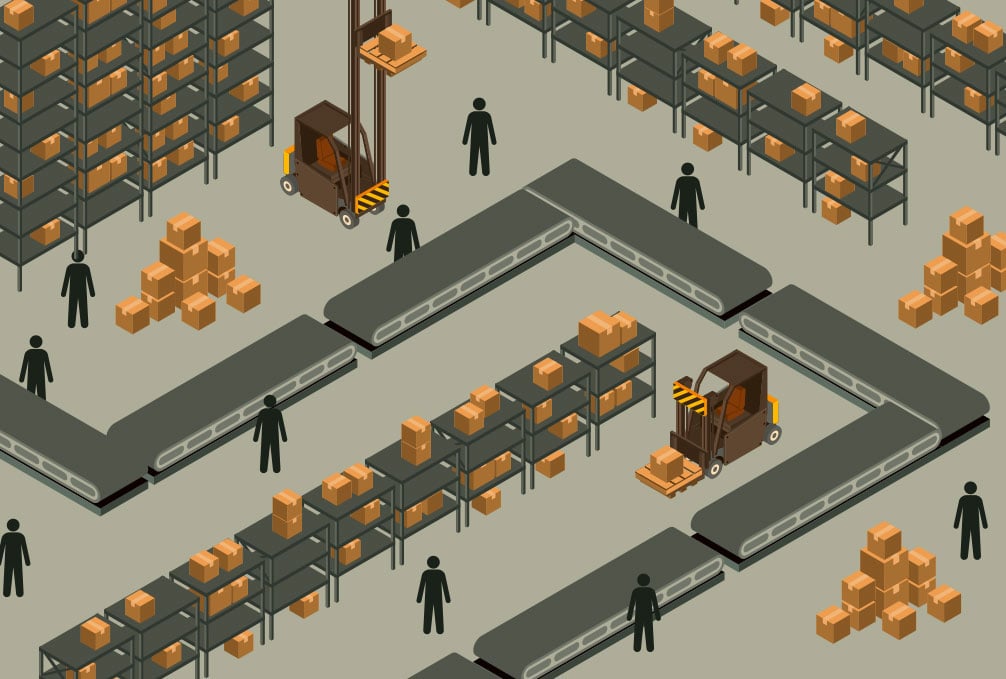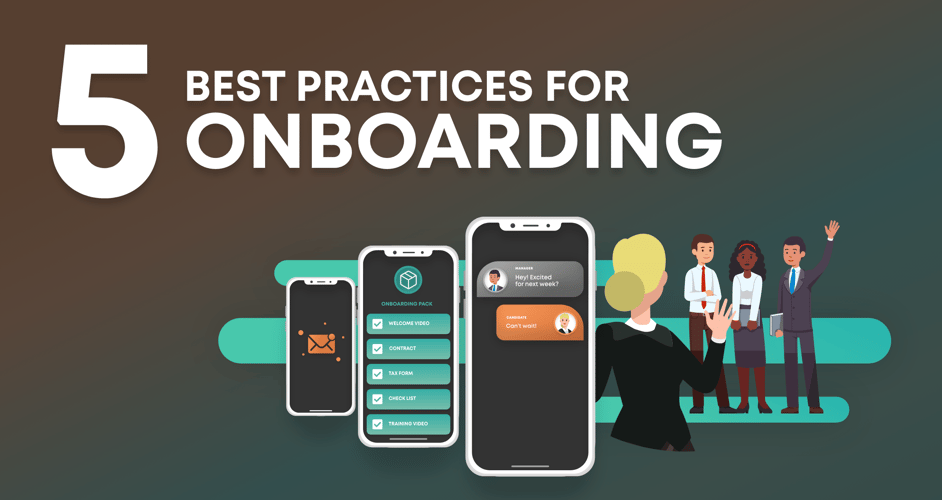The true cost of manual contract variations – could your time be better spent?

So why is onboarding and contract variations so expensive?
Let’s break it down to understand it better. Onboarding is the process to physically employ a new employee. The process typically starts once an offer of employment has been made and accepted by a candidate. A new starter form is generally completed by the hiring manager and submitted for approval. Once approved a contract of employment is created using an organisation template. For many organisations this is a manual process from start to finish and a paper contract is mailed to the prospective employee. Contract variations follow a similar process to onboarding, however they can be more complex and time consuming to produce depending on the type of changes to an employee’s terms and conditions of employment.

In both cases there is a heavy reliance on manual processing which of course varies from company to company. Variables such as the number of people in the approval chain can significantly impact the processing time, as can relying on the postal system. Both of which costs money and adds to the overall costs to onboard employees or vary existing employee’s conditions of employment.
What can be done to reduce these costs for organisations?
Implementing an onboarding system can greatly assist in reducing the costs associated with manual processing of contracts and contract variations. This is achieved by replacing the traditional paper-based approval process with an e-workflow where the document to be approved is sent electronically to each approval party for approval and digital signing. Once approved the document and any supporting information i.e. position description can be sent electronically to the employee. The employee is then at their leisure able to review the documentation online, digitally sign the contract variation and any supporting information and then submit directly to the employee’s HR department for internal processing.
Not only does the onboard system generate labour savings but also costs savings from less printing and no longer using the postal system. And where the onboard system is integrated with the Payroll system and/or HRIS, data can flow from the onboard system direct to these systems, or from either system to the onboard system removing the need for double or in some cases triple data entry.

What sort of contract variations can an onboardingsystem assist with?
Really any document that needs to go to through a workflow for approval, digital signing or acknowledgment, for example:
- Contract Renewals or Extensions
- Change of Status (i.e. change of manager, job, location, pay increase, reclassification, employment status)
- Position Description
- Policy or Procedure where employee acknowledgement is required
- Commission Schedule
- STI/LTI or KPI Plans

The list is only limited by your imagination and ability to create generic templates to capture the change to be documented. Once you have basic templates set up in the system you can use content blocking to add, change or remove sections of text in a document. Then its simply a case of selecting the employee from the database where systems are integrated or entering in the employee’s details into the system and away you go!Technology is as we know evolving everyday and bringing with it incredible opportunities to remove archaic manual processes that take up so much of our working day. Embrace these new technologies so that you can get on with more exciting tasks rather than shuffling bits of paper around and waiting for the postman!





Blog comments